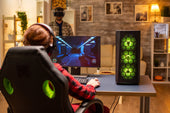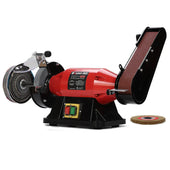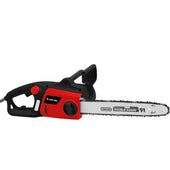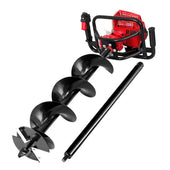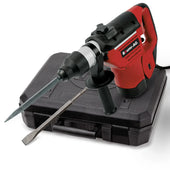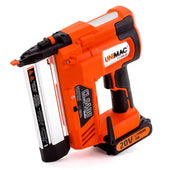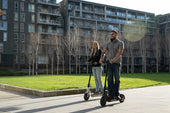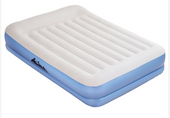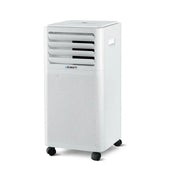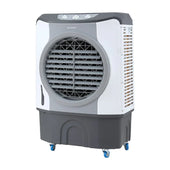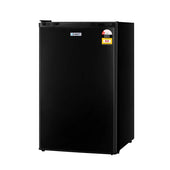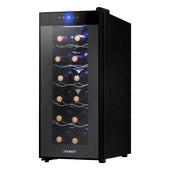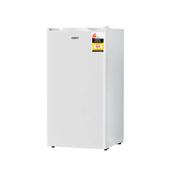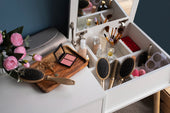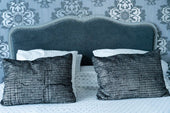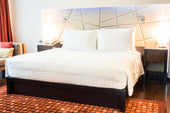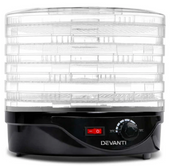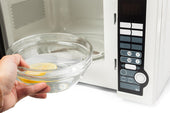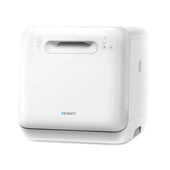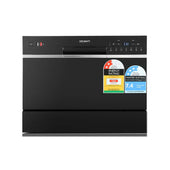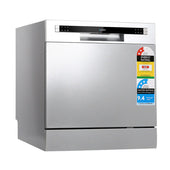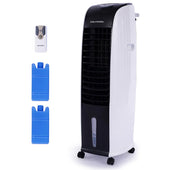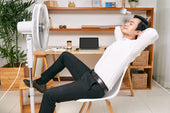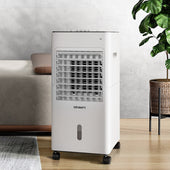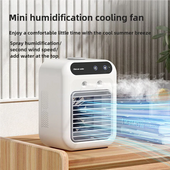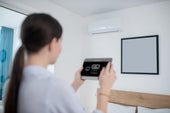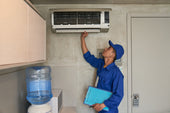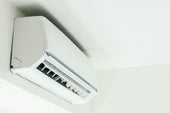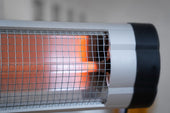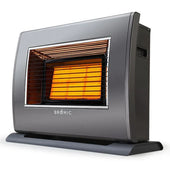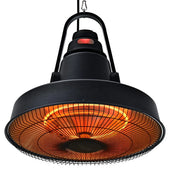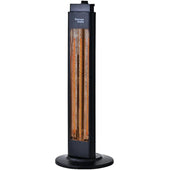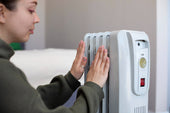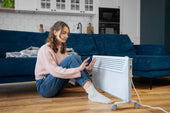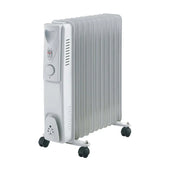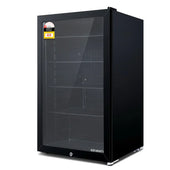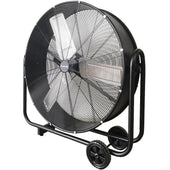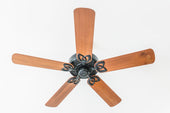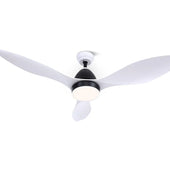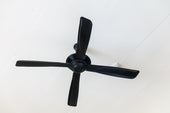Introduction: The Rising Role of Massage Chairs in Home Wellness
Massage chairs have emerged as a pivotal innovation in personal wellness, transforming everyday spaces into havens of relaxation. With advancements in design and technology, these chairs are no longer luxurious indulgences but essential wellness tools for modern households. They cater to rising consumer demands for stress relief, enhanced sleep quality, and muscle recovery, all within the comfort of home.
As lives grow busier, the need for practical, self-directed health solutions increases. Massage chairs now integrate cutting-edge features such as AI personalisation, smart sensors, and wellness tracking. These advancements ensure tailored experiences, empowering individuals to address both physical and mental well-being effectively.
AI-Powered Massage Customisation: Personalised Relaxation
Modern massage chairs leverage advanced AI algorithms to deliver tailored relaxation experiences based on individual preferences and physical needs. Sensors embedded within the chair analyse body proportions, tension areas, and posture to create a customised massage programme.
Key features include:
- Automatic Body Scanning: Identifies unique biomechanics for optimal positioning.
- Adaptive Pressure Adjustment: Ensures consistent comfort by adjusting intensity.
- Targeted Pain Relief: Focuses on specific areas based on user feedback.
The AI’s ability to learn user preferences enhances personalisation over time, promoting deeper relaxation. Integration with smartphone apps allows seamless control, giving users access to detailed insights and real-time adjustments.
Ergonomic Designs for Enhanced Comfort and Posture Correction
Modern massage chairs in 2025 showcase advanced ergonomic designs tailored to promote optimal comfort and posture alignment. These chairs feature contoured seat layouts and adjustable backrests that conform to the natural curves of the spine, reducing strain on the lumbar region. Integrated sensors assess the user's posture in real-time and make micro-adjustments to ensure consistent support.
Innovative armrests and leg supports enhance relaxation During Days by adapting to different body sizes and positions.
Additionally, some models incorporate dynamic seating technology, which alleviates pressure points and encourages natural spine curvature. These tailored designs improve posture and overall musculoskeletal health.
Zero-Gravity Features: Redefining Stress Relief in 2025
Zero-gravity recline technology in massage chairs has set a new benchmark for stress relief in 2025. Inspired by NASA's neutral body posture for astronauts, these chairs position the body to minimise gravitational strain. The reclined angle elevates legs above the heart, promoting improved circulation and reduced muscle tension.
This feature enhances relaxation by evenly distributing body weight, effectively reducing pressure on the spine. Zero-gravity positioning also complements advanced massage techniques, allowing rollers and airbags to engage muscles more effectively. With adjustable settings, users can tailor the recline angle to meet their individual comfort and therapeutic needs.
Heated Massage Technology: The Fusion of Warmth and Therapy
Heated massage technology brings a soothing layer of relaxation by combining warmth with targeted muscle therapy. Advanced systems include precise temperature control, ensuring optimal heat levels for improving blood circulation and easing muscle tension.
This innovation leverages infrared heat, strategically embedded in rollers and pads, to deliver therapeutic warmth deeper into tissues, enhancing its restorative effects. Key areas such as the lower back, shoulders, and legs benefit significantly.
Seamless integration of heat with massage features ensures users experience natural muscle relaxation. Continuous monitoring technology adapts to the body’s needs, maintaining a balance between effectiveness and comfort.
Smart Home Integration: Seamlessly Connecting to Your Wellness Ecosystem
Modern massage chairs in 2025 integrate effortlessly with smart home systems, promoting a holistic approach to wellness. These advanced chairs can synchronise with platforms such as Alexa, Google Assistant, or Apple HomeKit, allowing users to control settings via voice commands or mobile applications.
Key features include:
- Automated session scheduling: Linked to calendars or health apps, chairs tailor massage sessions to personal routines.
- IoT connectivity: Sensors relay real-time data on posture and stress levels to wellness apps for personalised insights.
- Energy-efficient operation: Integration optimises power usage alongside other smart devices.
This seamless connection revolutionises convenience and enhances health-focused living.
3D and 4D Massage Mechanisms: Elevating the Sensory Experience
Advanced 3D and 4D massage mechanisms push wellness technology beyond traditional limitations, replicating human-like touch with unmatched precision. 3D mechanisms enhance depth by controlling rollers' in-and-out motions, targeting deep tissue layers for therapeutic relief. 4D systems further refine this by adding speed and rhythm adjustments, simulating intricate hand movements such as kneading, tapping, or rolling.
These innovations allow users to experience tailored massages, emulating personalised spa treatments. Moreover, the integration of heated rollers in 4D systems enriches muscle relaxation. By synchronising intensity with user feedback, these systems recreate authentic massage experiences, transforming home wellness into a multisensory retreat.
Wireless and App Control: Convenience at Your Fingertips
Modern massage chairs integrate wireless connectivity and app control to enhance user accessibility and functionality. Bluetooth technology enables seamless pairing with smartphones or tablets, ensuring users can manage settings without physical reach. Dedicated mobile apps allow precise adjustments, including massage intensity, heat levels, and targeted body zones.
Customisable profiles can be saved via these apps, catering to individual preferences and ensuring a tailored experience every time. Real-time diagnostics provide insights into chair performance, aiding upkeep and ensuring optimal functionality. With wireless control, multitasking becomes effortless, allowing users to enjoy wellness sessions while managing daily activities.
Advanced Health Tracking Capabilities: Merging Wellness with Data
Modern massage chairs integrate sophisticated health tracking technologies, transforming them into wellness hubs. These innovations utilise sensors to monitor metrics such as heart rate, muscle tension, and stress levels. Advanced systems provide real-time feedback, enabling users to personalise massage settings based on their physiological needs.
Many models include companion apps that synchronise with wearable devices, offering comprehensive insights into body performance. Historical data tracking ensures users can monitor progress over time. With AI-driven analytics, these chairs can adjust techniques dynamically, optimising therapeutic benefits. By merging cutting-edge data technology with relaxation, they redefine wellness experiences for the connected age.
Eco-Friendly Materials and Energy Efficiency Innovations
Modern massage chairs are integrating sustainable and eco-friendly materials to align with environmental ethics. Manufacturers are prioritising the use of recyclable metals, biodegradable plastics, and sustainably sourced upholstery, such as organic cotton and bamboo fibres. These choices address consumer demand for reduced environmental impact.
Energy efficiency innovations are also transforming massage chair technology. Features such as low-power modes, advanced sensors for adapting massage intensity, and automatic shut-off mechanisms minimise electricity usage. Solar-powered options are emerging for off-grid solutions. These advancements demonstrate how technological design can merge relaxation with environmental consciousness effectively.
Noise-Reduction Engineering: Quiet Relaxation for Every Home
Modern massage chairs in 2025 incorporate advanced noise-reduction engineering to enhance home wellness experiences. By employing soundproofing materials and optimised motor designs, manufacturers effectively minimise operational noise. These features ensure that massage sessions are free from mechanical hums or vibrations, creating a serene environment.
Key technologies include:
- Acoustic dampening shells to contain operational sounds.
- Intelligent motor calibration to maintain smooth and quiet functionality.
- Low-decibel actuators for silent transitions between modes.
This innovation not only benefits users but also prevents disturbances to family members or neighbours. Combined with personalised settings, these advancements allow users to immerse themselves fully in relaxation, transforming modern homes into peaceful retreats.
Portable and Compact Designs for Modern Living Spaces
As urban living spaces continue to shrink, massage chair manufacturers in 2025 have focused on creating models that accommodate limited room layouts. These innovations prioritise portability and space efficiency without compromising on functionality.
- Foldable Structures: Many designs now feature foldable components, allowing users to stow the chairs away when not in use.
- Lightweight Frames: Materials like aluminium alloys and advanced composites make modern massage chairs easier to move.
- Convertible Designs: Some models double as regular furniture, seamlessly blending into living rooms or bedrooms.
- Wall-Saving Technology: Chairs with forward-sliding mechanisms require minimal wall clearance for full recline.
These advances cater to urban homeowners seeking comfort and wellness within compact environments.
Affordable Luxury: Balancing High-Tech Features with Accessibility
Massage chair manufacturers in 2025 are redefining affordability by incorporating advanced features without inflating costs. Cutting-edge technologies, such as AI-driven personalisation and zero-gravity positioning, are offered in mid-range models, ensuring premium experiences for a broader audience.
To lower expenses, brands optimise production through sustainable materials and modular designs, reducing maintenance costs while maintaining durability. Subscription-based payment options and trade-in programmes further enhance accessibility, enabling consumers to adopt high-tech wellness solutions without financial strain.
Additionally, compact designs make these chairs suitable for smaller spaces, combining functionality and luxury. This balance between innovation and affordability caters to diverse needs, transforming home wellness into an attainable reality for all.
Future Trends: What’s Next for Massage Chair Technology?
Emerging trends suggest that massage chair technology will integrate further with artificial intelligence (AI) for more personalised experiences. Manufacturers are exploring real-time biometric scanning to adapt massage intensity and patterns based on heart rate or muscle tension.
The rise of sustainability-focused designs, such as eco-friendly materials and energy-efficient components, is expected to appeal to environmentally-conscious users. Virtual reality (VR) interfaces may also become a staple, immersing users in calming environments while they relax.
Compact, foldable models are being developed to suit smaller homes, while wireless charging options could improve convenience. Enhanced mobile app connectivity will allow greater customisation and seamless updates.
Conclusion: How Massage Chair Innovations Are Redefining Home Wellness
Technological advancements in massage chairs are delivering unparalleled in-home wellness solutions. Enhanced precision through AI-integrated body scanning ensures tailored relaxation, while personalisation options cater to individual preferences. The inclusion of heat therapy and dynamic air compression introduces multi-sensory experiences, addressing muscle recovery holistically. Use of eco-friendly materials reflects sustainability in design without compromising functionality. Compact, modern aesthetics ensure these chairs integrate effortlessly into diverse home interiors. Smart connectivity features enable machine learning and app control, seamlessly blending convenience with enhanced user engagement. These innovations collectively redefine how individuals achieve physical and emotional well-being within the comfort of their homes.

